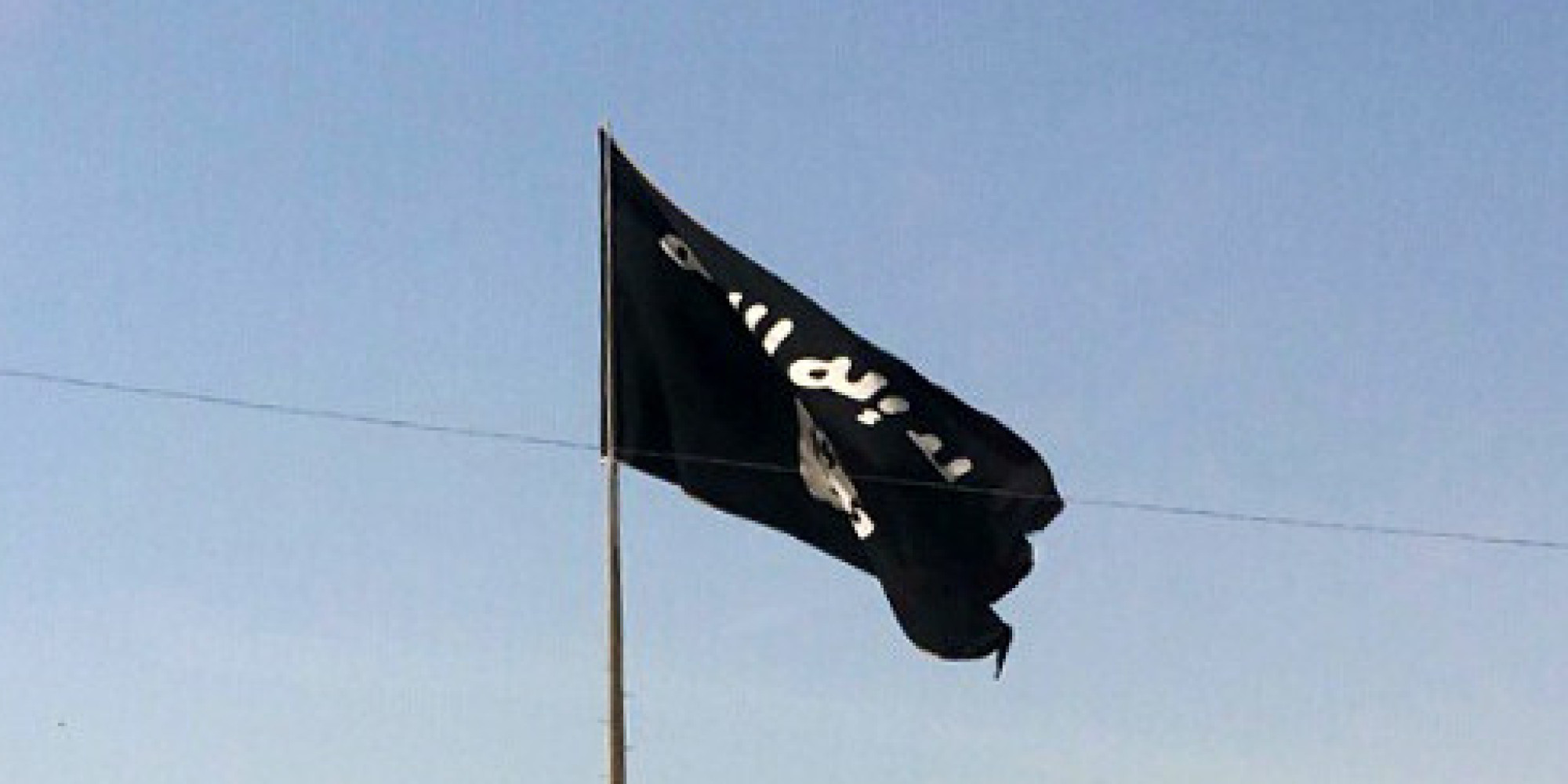Islamic State in Afghanistan?
Islamic State in Afghanistan?

NEW DELHI: The United Nation’s Security Council said that the Islamic State has infiltrated Afghanistan and is poised to replace the Taliban in the country. The statement came after a United Nations Assistance Mission in Afghanistan (UNAMA) envoy confirmed the Syria and Iraq-based militant group’s presence in the South Asian country.
“It is UNAMA’s assessment that the group's presence is of concern, but that ISIL's significance is not so much a function of its intrinsic capacities in the area but of its potential to offer an alternative flagpole to which otherwise isolated insurgent splinter groups can rally,” Nicholas Haysom announced at the UN Security Council, as cited by the Associated Press. Still, the IS has not established “firm roots” in the Afghanistan, they envoy added.
Afghanistan's UN Ambassador Zahir Tanin confirmed the assertion, but stressed that “the main enemy we face is the Taliban that continue to fight against us.”
The statements follow the death of an Islamic State-linked militant, Hafiz Waheed, in an airstrike in Afghanistan on Sunday.
They also follow a similar concern voiced by a US official. Chairman of the Joints Chiefs Army Gen. Martin Dempsey said in a hearing that the Islamic State would “initially pose a threat to the government of Afghanistan, and could over time pose a threat to [the U.S. military there].”
Although the UNAMA assessment is correct in noting that the Islamic State’s presence is limited, with the Taliban being the main militant group in the region, the growing influence -- however small currently -- is a worrying development.
Reports of the Islamic State in Afghanistan began to emerge late last year, when in September 2014 insurgents reported to be associated with the Islamic State battled Afghan security forces in the Arjistan district of Ghazni province. At the time, officials reported that the insurgents had raised the black flag of the Islamic State. However, the incident is now mired in controversy as the officials recanted their statements and said they had embellished the story so as to receive more resources.
(Source: The Long War Journal)
In February 2015, Afghan President Ashraf Ghani’s Chief of Police denied that the Islamic State was present in the area, insisting that the insurgents were local Taliban fighters.
Nevertheless, the Islamic State announced its expansion into “Khorassan Province” and officially appointed Hafiz Saeed Khan as the Wali (Governor) of Khorassan. The group also appointed former Guantanamo Bay detainee and senior Taliban leader Mullah Abdul Rauf Khadim as Khan’s deputy. The appointments and announcements followed a video released in January 2015 -- by disgruntled Tehreek-i-Taliban Pakistan (TTP) militants and a handful of little-known Afghan Taliban fighters -- that pledged allegiance to the Islamic State.
Since then, there have been isolated reports of the Islamic State’s black flag being raised in parts of Afghanistan. In Farah province for instance, a group of militants who pledged allegiance to the Islamic State set up a training camp; in Sar-i-Pul province, local officials reported that insurgents had raised the black flag of the Islamic State in Kohistanat district; in nearby Darzab district of Jawzjan province, 600 insurgents reportedly raised the black flag and began fighting on behalf of the Islamic State.
Last month, in Nangarhar province, Taliban factions and Islamic State-affiliated insurgents clashed in what was widely perceived to be a turf war. In March, Afghan National Army (ANA) fficials reported that a clash between rival Taliban and Islamic State factions in the Arghandab district of Zabul had killed seven Islamic State fighters.
However, it is important to note that these are isolated incidents, which have been difficult to verify The Taliban continues to remain the main extremist group opposed to the government in Afghanistan but there are three factors that may, in the future, pave the way for the Islamic State.
The first, is the group’s own willingness to expand into South Asia, as judged by the appointment of commanders and the declaration of “Khorasan Province,” as discussed above.
Second, the Afghan Taliban seems to be willing to join a dialogue process with the Afghan government -- for the first time in 13 years. It is believed that neighbouring Pakistan managed to use its leverage on the leaders of the group to push for dialogue. If the Taliban and the Afghan government manage to start a dialogue process, the number of disenchanted fighters may increase -- with the Islamic State being a viable group to defect to. The growth of the Islamic State in Afghanistan, in turn, will have ramifications on Pakistan. As UK Defence writer Kim Sengupta noted, this includes “Pakistan’s loss of influence, which extends to committed Talibs, but stops dead at IS factions — exemplified no better than videos which recently surfaced showing IS militants beheading Pakistani soldiers.”
Third, the withdrawal of US forces -- a process which began late last year -- provides an opportunity for a new group to organize itself as the country is handed over to Afghan security forces. However, reports have emerged that the US and Afghan President Ghani are in negotiation over revising the scheduled plan for withdrawal, which currently seeks to cut foreign troop numbers to 5500 by December.



